Berlin is soon to become home to something truly unique: The House of th One. Jews, Christians, and Muslims are planning to build a house of worship here – one that brings a synagogue, a church, and a mosque together under one roof. The three separate sections will be linked by a communal room in the center of the building. This will serve as a meeting place, where worshippers and members of the public can come together and learn more about the religions and each other.
Brick Building
An architecture competition has been held and the winner chosen. The striking design is for a brick building with a tall, square central tower. Off the courtyard below will be the houses of worship for the three faiths – the synagogue, the church and the mosque. It is to occupy a prominent site – Petriplatz – in the heart of Berlin. The location is highly significant, according to one of the three religious leaders involved, Rabbi Tovia Ben Chorin. “From my Jewish point of view the city where Jewish suffering was planned is now the city where a centre is being built by the three monotheistic religions which shaped European culture,” he told the BBC.
Can they get on? “We can. That there are people within each group who can’t is our problem but you have to start somewhere and that’s what we are doing.”
The imam involved, Kadir Sanci, sees the House of One as “a sign, a signal to the world that the great majority of Muslims are peaceful and not violent”. It’s also, he says, a place where different cultures can learn from each other.
Each of the three areas in the House will be the same size, but of a different shape, architect Wilfried Kuehn points out. “Each of the singular spaces is designed according to the religious needs, the particularities of each faith,” he says. “There are for instance two levels in the mosque and the synagogue but there’s only one level in the church. There will be an organ in the church. There are places to wash feet in the mosque.”
He and his team of architects researched designs for the three types of worshipping place and found more similarities than expected.
Find out more
You can hear Stephen Evans’s radio report on the House of One on the Sunday programme at 07:10 BST on 22 June on BBC Radio 4, or catch up later on the BBC iPlayer.
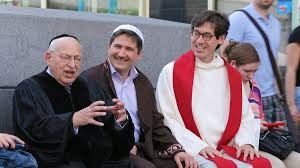 “What’s interesting is that when you go back a long time, they share a lot of architectural typologies. They are not so different,” Kuehn says. “It’s not necessary for instance for a mosque to have a minaret – it’s only a possibility and not a necessity. And a church doesn’t need a tower. This is about going back to the origins when these three faiths were close and shared a lot architecturally”.
“What’s interesting is that when you go back a long time, they share a lot of architectural typologies. They are not so different,” Kuehn says. “It’s not necessary for instance for a mosque to have a minaret – it’s only a possibility and not a necessity. And a church doesn’t need a tower. This is about going back to the origins when these three faiths were close and shared a lot architecturally”.
In the past, different faiths have used the same buildings but not usually at the same period. Mosques in southern Spain became cathedrals after the Christian conquest. In Turkey, churches became mosques. In Britain old Welsh chapels have sometimes become mosques as areas change – and Brick Lane mosque in the East End of London started as a church in the 18th Century, later became a synagogue before turning to Islam, and has now become a place of worship for the newly arrived Muslim community.
But that’s different from the three faiths worshipping as neighbours under one roof.
Pastor Gregor Hohberg, a Protestant parish priest, says it will be built where the first church in Berlin, dating back to the 12th Century, was once situated. St Petri’s Church was badly damaged at the end of World War Two as the Red Army liberated Berlin. What remained was destroyed in the period after the war by the East German authorities.
Then, six years ago, archaeologists uncovered remains from an ancient graveyard and it was decided that something should be done to resurrect a community and its place of worship. The project expanded and changed from a single-faith building to the present three-faith plan. Money is now being raised to turn the architects’ plans into bricks and mortar.
“Under one roof: one synagogue, one mosque, one church. We want to use these rooms for our own traditions and prayers. And together we want to use the room in the middle for dialogue and discussion and also for people without faith.
“Berlin is a city where people come together from all over the world and we want to give a good example of togetherness.” It was not always the Berlin way.

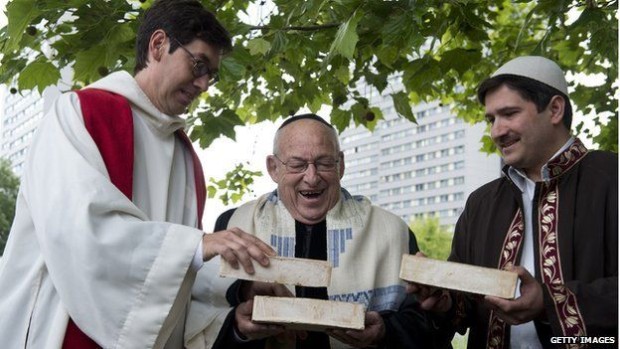
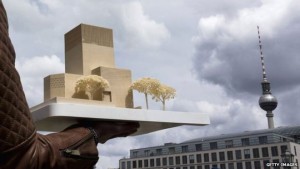
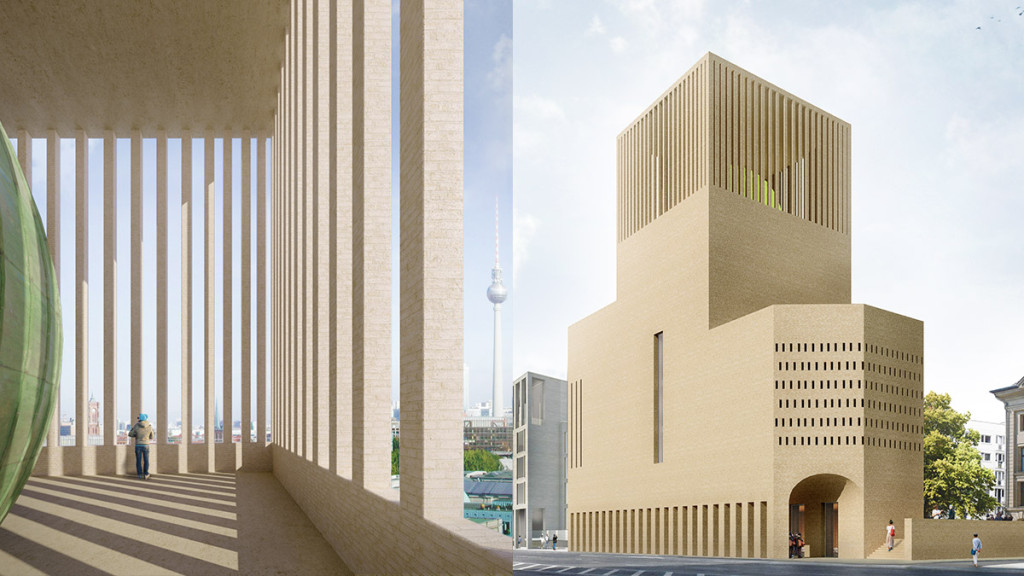

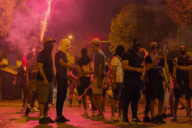
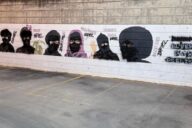










No Comments